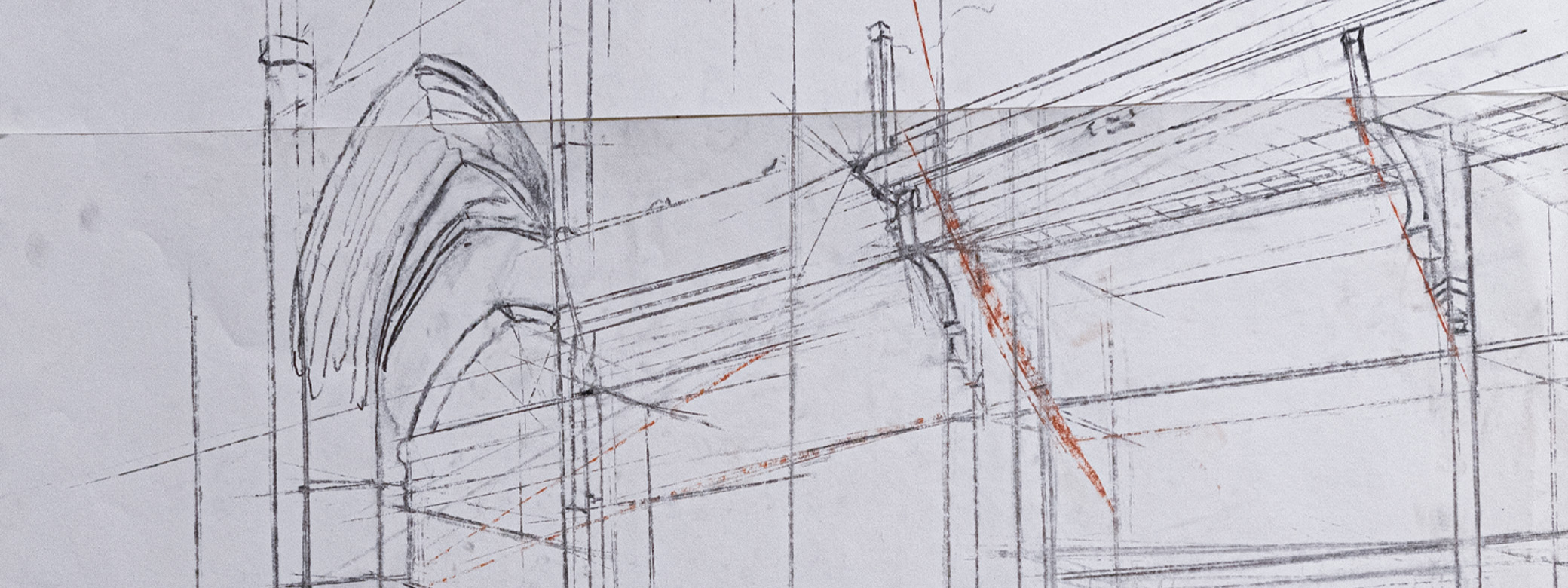Exhibition
September 28 – November 4, 2017
Jacob Lawrence Gallery
Can painting and sculpture be time-based arts? The pieces in Material Performance transform as they are exhibited, taking up the forces that continually shape and reshape matter. This two-part exhibition brings together artistic practices that investigate the behavior of materials and the lexicon of their movement, extending the legacies of kinetic art and process-based artworks. This first part shows the most recent work of artists beginning their second year in the MFA program at the School of Art + Art History + Design. The second part, which opens in November, gathers the work of alumni, faculty, and the Greater Seattle community.
Material Performance is organized by Emily Zimmerman, Director of the Jacob Lawrence Gallery. Please use the hashtags #MaterialPerformance and #BeTheJake when tagging the exhibition in social media.
Events
All are free, open to the public, and take place in the Gallery.
Opening Reception
Wednesday, September 27, 6–8pm, Info + RSVP
Perceptive Processing
Thursday, October 5, 6pm, Info + RSVP
AI and the Collective Lexicon
Thursday, October 19, 6pm, Info + RSVP
Invitation Only: random time, random event, random narrative
Monday, October 30, 2:40–3:30pm, Info + RSVP
Artists
Each of the artists' pieces changes over the duration of the exhibition — by growing, mutating, and decaying — often addressing the materiality of the Gallery. Material Performance deals in the kinds of material experimentation that artists continuously undertake in their practice.
Lacy Bockhoff turns communication into their medium in an ever-rotating set of reflections.
David Burr studies the behavior of light in an architectural container over time.
Nate Clark is interested in systems and structures as they relate to our global economy and community.
Ian Cooper uses materiality and composition to evoke the presence of memory beneath the obscuring and mutating haze of nostalgia.
Daniel Hewat reflects a visual language spoken through scale and industrial materials.
Alex Kang provides a poetic lens to understand the disorienting process of learning and unlearning a language as well as the heartbreaking reality of the sentiment lost in translated words.
Erin Meyer creates new "bodies" that blur object with organism.
Christian Alborz Oldham buries himself but is very present.
Katie Schroeder focuses on identity development through analog and digital surroundings.
Caitlyn Wilson creates large-scale paintings and installations that engage the physical forces of kinetic movement.

